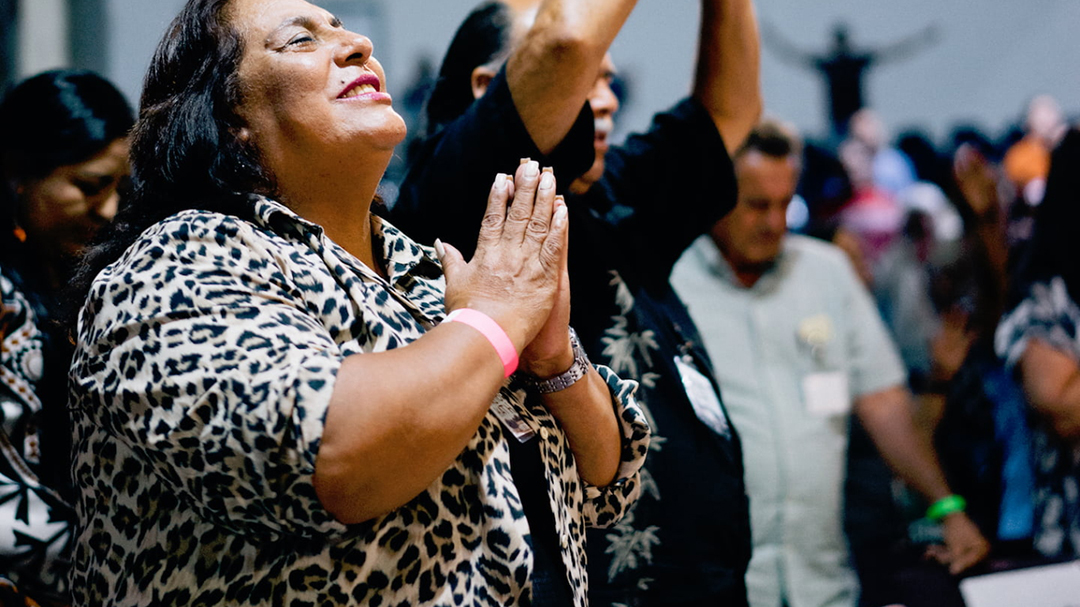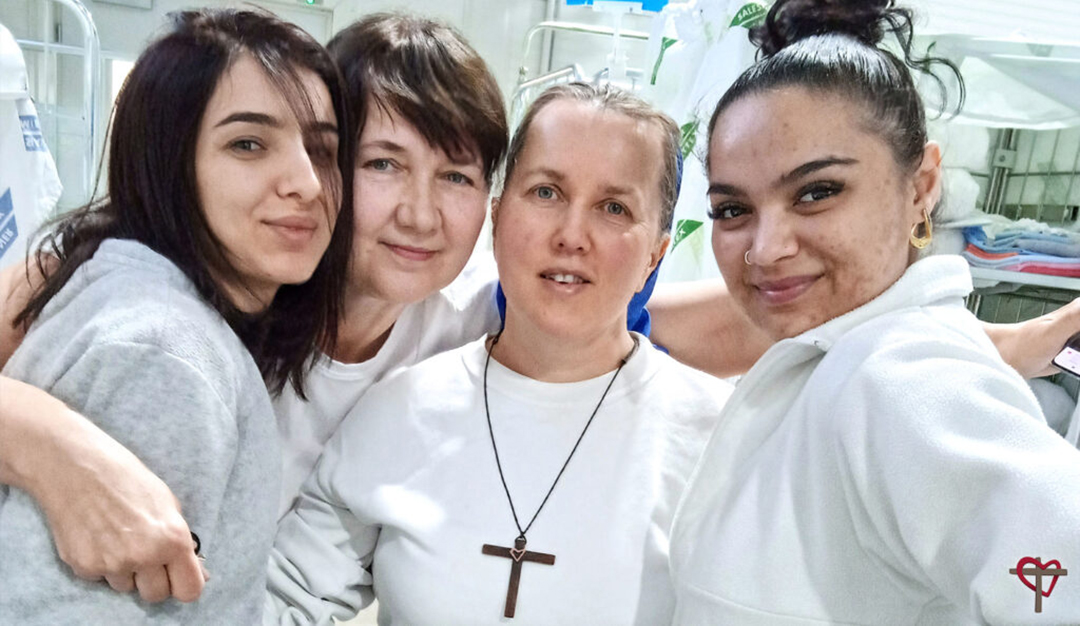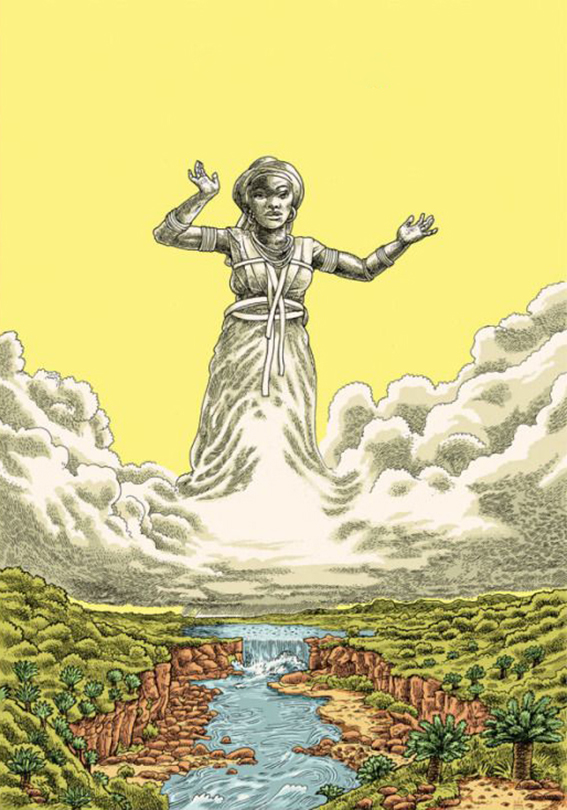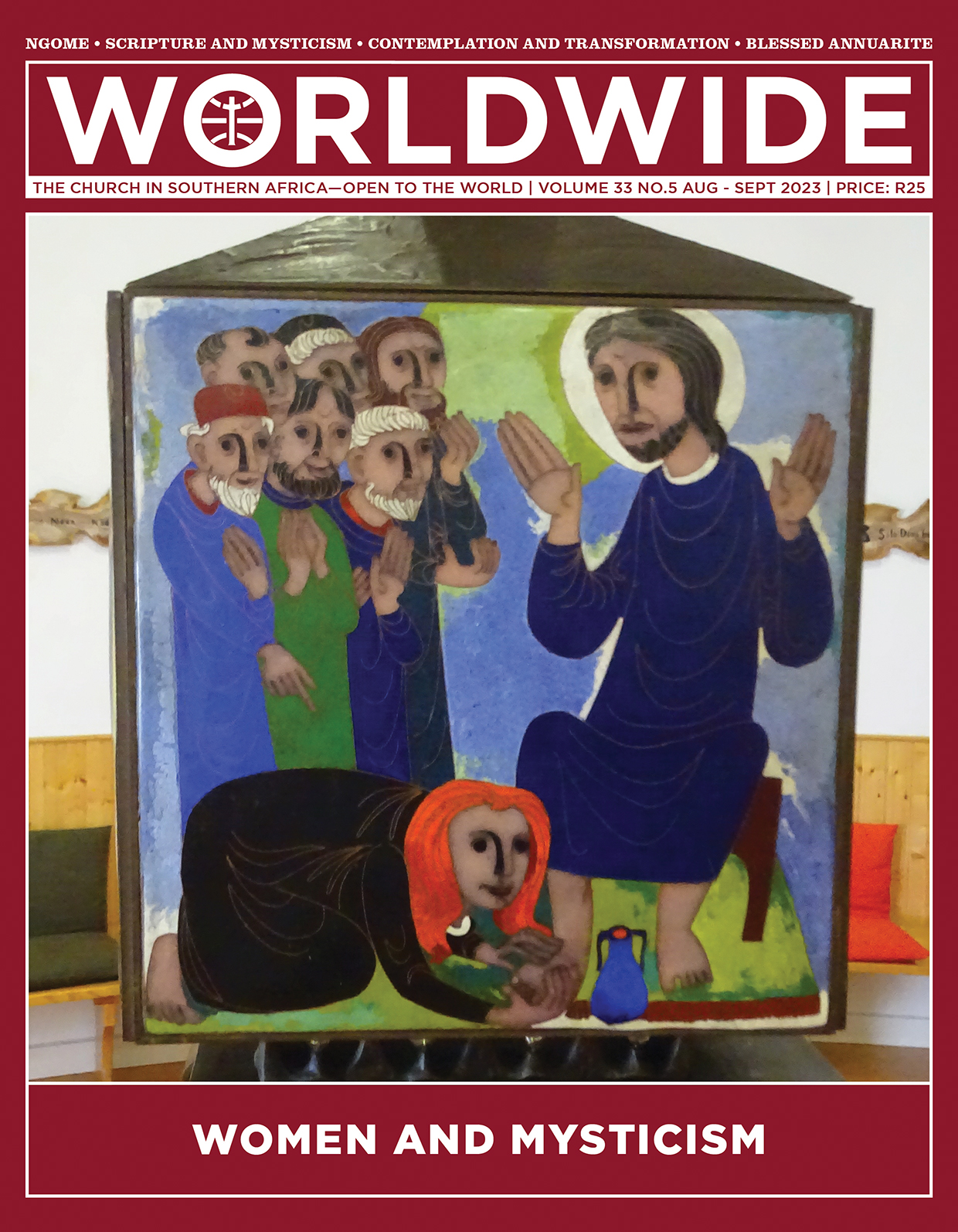
WOMEN AND MYSTICISM
Mary anoints Jesus’ feet at Bethany (John 12:1–8). The scene is part of a series which represents passages of women with a prominent role in the Scripture. The decorations are placed around the sides of the Tabernacle in the Chapel of Meditation at the University of Mystics in Avila, Spain.
Mary listens to and manifests her love for Jesus. Contemplation becomes the mesh in which her Spirit-led actions find their meaning and support.
RADAR • PEACE & JUSTICE
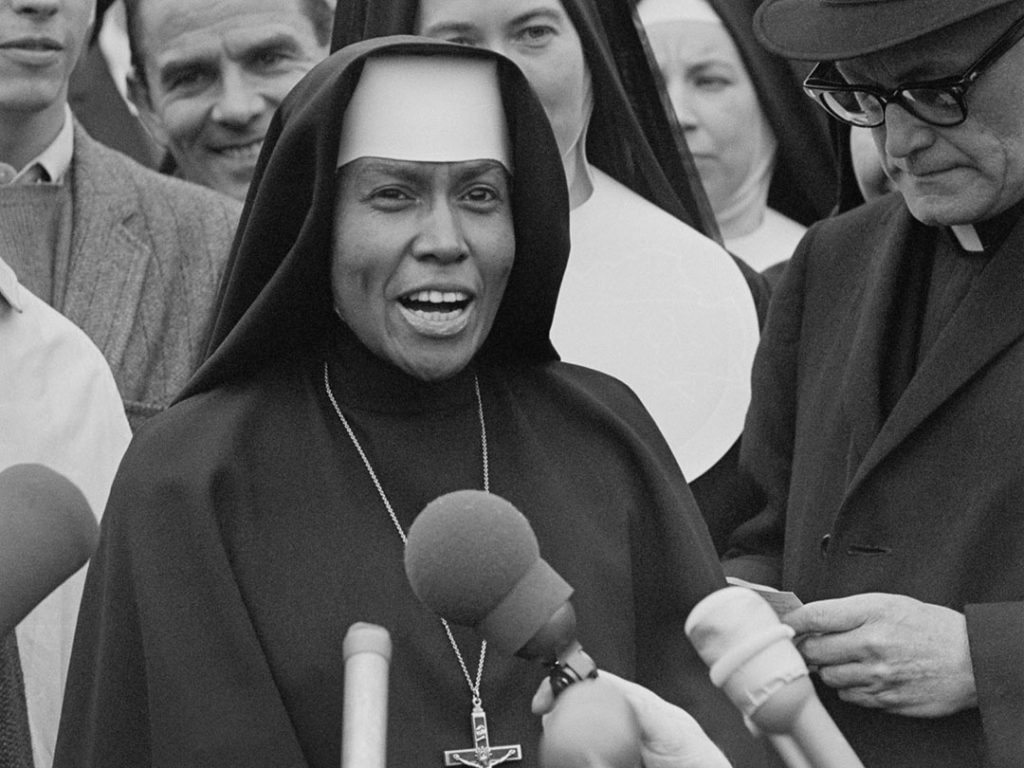
Credit: Bettman/Corbis/PBS/sumfcampusministry.wordpress.com.
THE WITNESS OF CIVIL RIGHTS HEROES TO UNITY AND JUSTICE The faith of Black Catholics inspired their activism
BY Laryssa Herrington
WHEN REMEMBERING the revolutionary period in American history known as the civil rights movement—a nonviolent social and political campaign that set out to abolish legalised institutional racial segregation, discrimination, and disenfranchisement throughout the United States that lasted from 1954 to 1968—several key figures come to mind. Perhaps it is Thurgood Marshall and his groundbreaking work on the Supreme Court case that came to be known as Brown vs. Board of Education; Rosa Parks, whose unwillingness to give up her seat on the bus played a pivotal role in the Montgomery bus boycott; or maybe the most prominent figure, pastor and theologian Rev. Dr Martin Luther King, Jr who was a key organizer for the March on Washington, the Selma to Montgomery marches, and the Poor People’s Campaign to name just a few. What often doesn’t happen in our recollections of this tumultuous and challenging time is consideration of the active role that many Catholics, specifically Black Catholics, played in the fight for civil rights and eventually the transformational shift into movements for Black Power, which would provide the necessary spark for the birth of the ‘movement within a movement’: the rise of a Black Catholic Revolution.
Prior to this revolution, several notable Black Catholic leaders and activists were leading the charge for civil rights in their respective cities, states, and dioceses. For instance, Norman C. Francis, the first Black Catholic graduate of Loyola University New Orleans College of Law, broke down many racial barriers in Catholic institutions of higher education in the United States during this period.
Another example is Franciscan Sister of Mary Mary Antona Ebo, a Black Catholic nun from St Louis, who made a lasting impact on social justice and civil rights, becoming the only African American sister to march with the Rev. Dr King at Selma on March 10, 1965. Initially deciding against travelling down to Alabama, Sister Ebo changed her mind after the events of “Bloody Sunday”—when state troopers assaulted protestors with clubs and tear gas— and made the heroic decision to join her fellow brothers and sisters in the fight for their freedom. She is famously remembered telling the crowd concerning her presence, “I’m here because I’m a Negro, a nun, a Catholic, and because I want to bear witness.”
It would not be until the late 1960s, however, that this Black Catholic ‘movement within a movement’ would really take off after the assassination of Rev. Dr. Martin Luther King, Jr. on April 4, 1968. By this time, the United States Catholic Church was undergoing a transformative moment tied to the militant rhetoric and realities of the emerging Black Power movement along with the changes initiated by the Second Vatican Council. Black Power galvanized Black Catholics, many Black priests and nuns taking heed of the self-determinist message advanced by the movement.
Acording to Historian Matthew J. Cressler, the assassination of Rev. Dr King actually marked the beginning, rather than the end, of Black Catholic freedom struggles. Many Black clergy and religious came together to discuss the conditions in the Black community and subsequently the role of the Catholic Church in those communities, along with the utilisation of Black clergy and the discernment of Black vocations. Their inaugural statement indicted the church as “primarily a white racist institution” that has solely devoted itself to “white society and is definitely a part of that society” (Cressler 2014).
Sister of Mercy Martin de Porres Grey later coined this moment as the beginning of the Black Catholic Movement, a revolution that marked the onset of “Black consciousness for Black Catholics.” In response to her exclusion at the initial meeting by the priests, Sister Grey spearheaded the founding of the National Black Sisters’ Conference (NBSC) in Pittsburgh. These Black women pledged themselves “to work unceasingly for the liberation of Blacks” and further denounced “expressions of individual and institutional racism found in our society and within our church…[racism being] categorically evil and inimical to the freedom of all [people] everywhere, and particularly destructive of Blacks in America.” The sister’s contributions also called for increased participation in community action and the expansion of support for programs that encourage the growth of Black leadership within the church. Without them, we would have never dared to proclaim the authenticity of our Blackness and the trueness of our Catholic faith.

